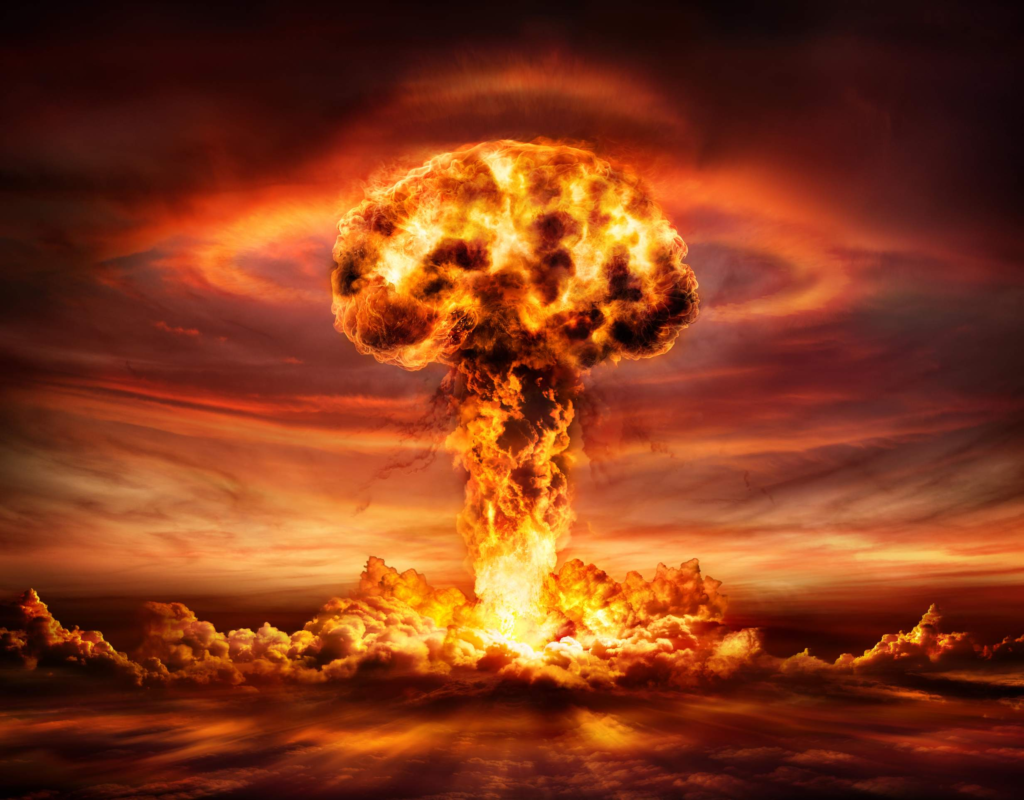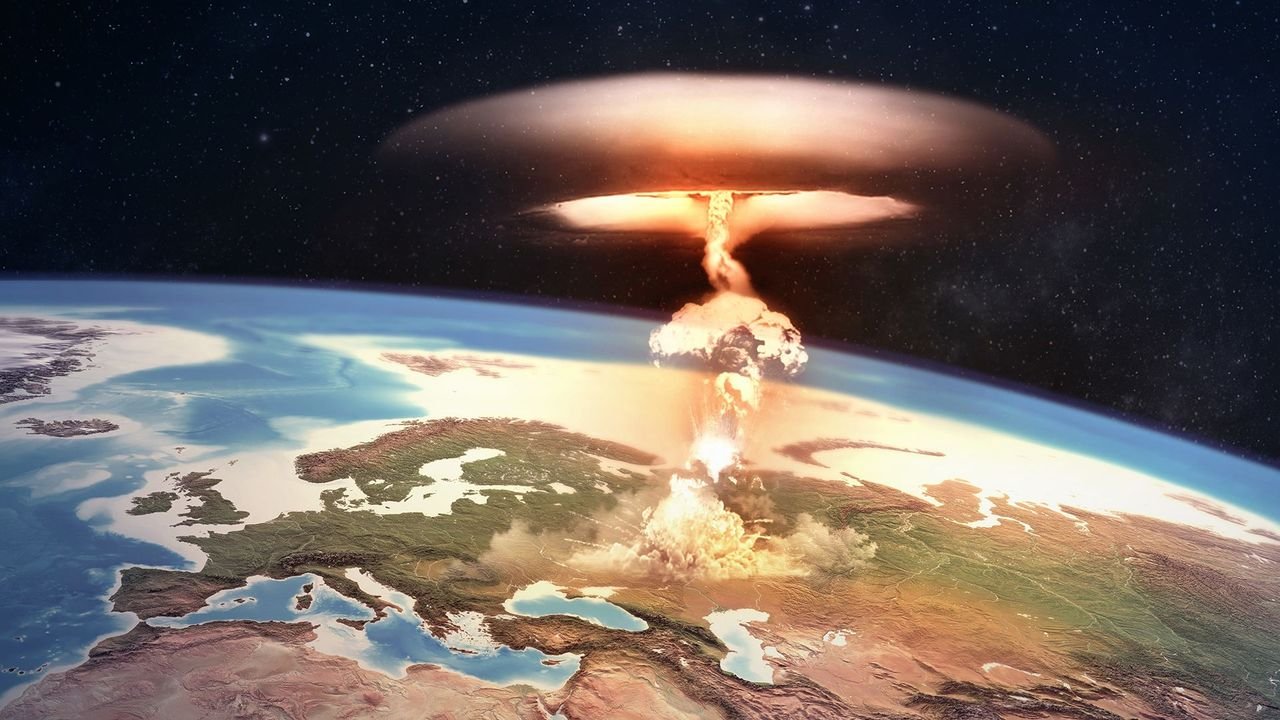The Chilling Reality of the First Moments After a Nuclear Attack!
Annie Jacobsen, an investigative journalist and author of Nuclear War: A Scenario, has shared some chilling insights into what would unfold in the first minutes of a nuclear attack. With her research based on defense documents and years of meticulous investigation, Jacobsen paints a horrifying picture of the immediate aftermath of a nuclear explosion. Recently, she shared her expert analysis on The Diary of a CEO podcast, explaining the catastrophic consequences that would follow a nuclear strike.
The Initial Moments: A Flash of Fire and Devastation
When a nuclear bomb drops, the first thing you’ll see is the blinding flash of thermonuclear light. At a temperature of 180 million degrees, this burst would instantly ignite fires over a vast nine-mile radius. Jacobsen describes this as one of the most immediate horrors that people would face. The sheer intensity of the heat would catch everything in sight on fire. Buildings, trees, and other structures would be reduced to ash almost instantly. This would be followed by intense wind blasts that could level buildings and create further chaos. The destruction is overwhelming, and the firestorm that would follow would be unlike anything imaginable.

The Deadly Chain Reaction: Fires, Radiation, and the ‘Mega Fires’
As if the initial explosion and fires weren’t enough, Jacobsen explains that the aftermath of such an attack would be even more horrifying. The mega fires that would break out across the area would cover an area of over 100 square miles. These fires would burn with intense heat, fueling a massive conflagration of flames that could rage for days. The devastation would not stop there. Radiation poisoning would spread rapidly, killing those who survived the initial explosion and fires. For those lucky enough to survive the blast, radiation exposure would kill them in a matter of minutes, hours, or days.
The Aftermath: Global Warming, Ice Age, and Radiation
As fires rage on and radiation spreads, the world’s atmosphere would begin to change. Thick smoke would blanket the planet, blocking out sunlight and leading to a global cooling effect. This scenario, called a “nuclear winter,” would cause temperatures to plummet. Jacobsen cites climate expert Professor Brian Toon, who explains that this cooling effect would lead to a mini ice age, wiping out agriculture across much of the world.
Places like the Midwest United States or Ukraine would be completely covered in snow, possibly for up to ten years. With agriculture failing, food supplies would collapse, and billions of people would starve. The planet would be facing an unprecedented global crisis.
A World Without the Sun: Life Underground
With the ozone layer severely damaged from radiation, people would be unable to survive outside for extended periods. Sunlight would be too dangerous to expose yourself to, and the radiation would continue to cause long-term damage to human health. As the surface world becomes inhospitable, humanity might be forced to live underground to survive. The already catastrophic events would continue to compound the destruction, creating a scenario in which only a few would have any chance of surviving.
Can Anyone Survive? The Possibility of Survival in New Zealand and Australia
While the rest of the world faces doom, Jacobsen mentions that there might be two places where life could endure after a nuclear war: New Zealand and Australia. According to Professor Toon, these countries could potentially survive the nuclear winter due to their ability to sustain agriculture in the aftermath. The rest of the world, particularly the mid-latitudes, would be entirely covered in snow, with little to no chance for farming.

However, even these countries wouldn’t escape unscathed. Radiation levels would still be dangerously high, and society would be drastically altered. People would be forced to adapt to a completely new way of life, one that might involve staying in underground bunkers for safety and survival.
A Terrifying Future: What We Can Learn from Jacobsen’s Work
Jacobsen’s work offers a sobering look into the consequences of nuclear warfare. While much of her findings might sound like science fiction, the research she’s conducted shows just how devastating a nuclear strike would be for the world. It paints a chilling picture of a world where the first moments of a nuclear attack would unleash unimaginable destruction, and humanity’s survival would hang by a thread. It’s a grim reminder of the importance of working toward peace and the prevention of such catastrophic events.
As we continue to witness global tensions rise, Jacobsen’s insights remind us of the horrifying reality of nuclear warfare. While we may hope to never experience such an event, understanding what could happen is crucial in preventing it. The first minutes after a nuclear strike would be terrifying, and the long-term consequences would reshape the world as we know it.







